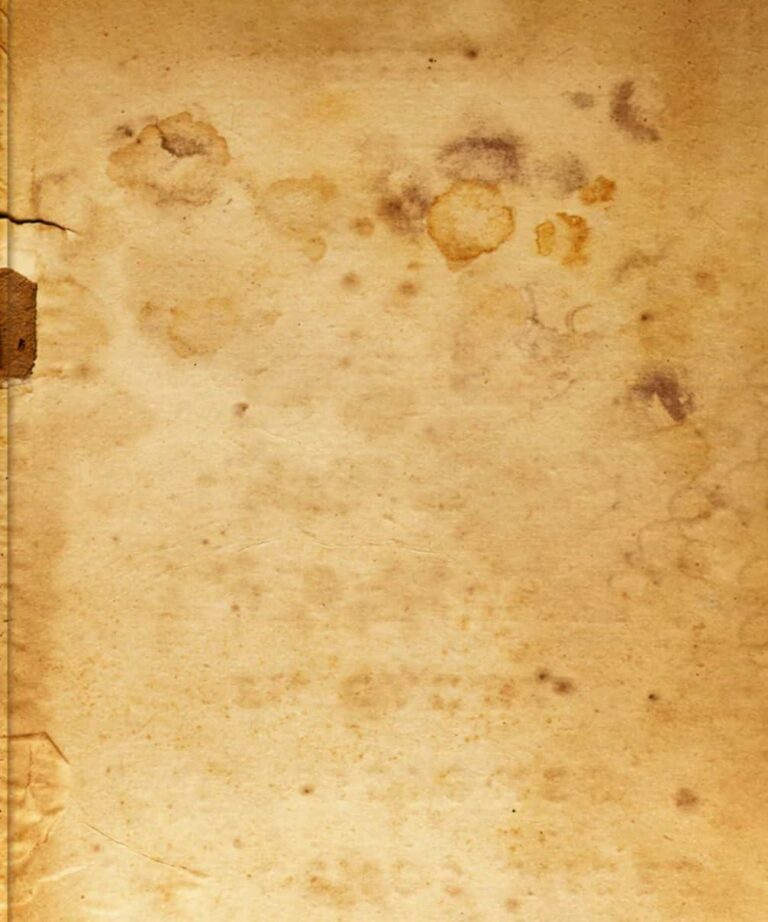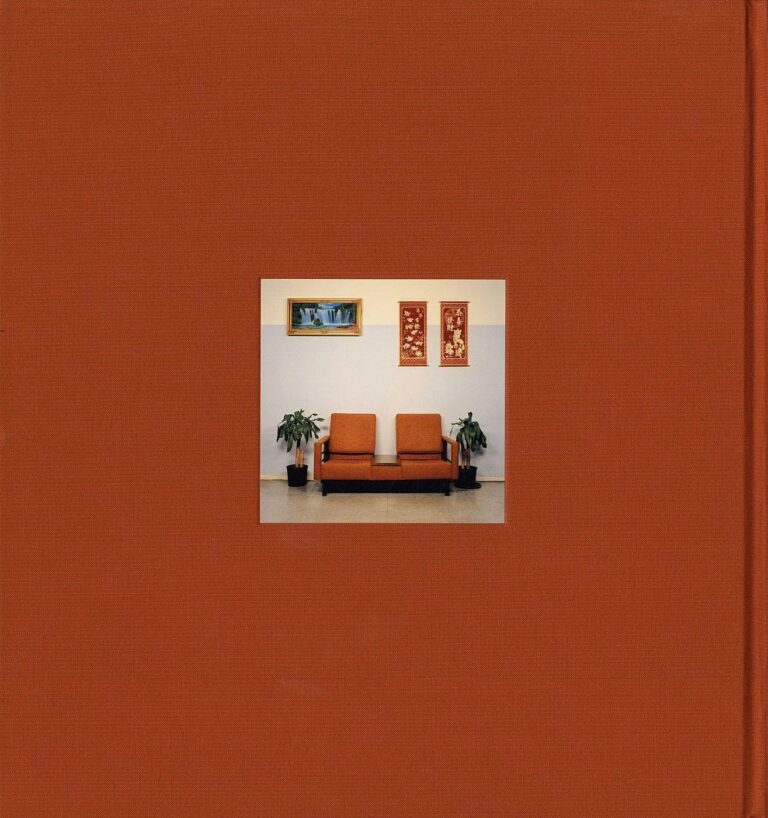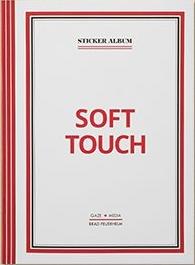La sombra de un río (signed edition)

In 1933 Eric Pixton left Buenos Aires aboard the Lybo, a kayak made of canvas with his rows, a couple of sails and 150 kilograms of equipment. His goal was sailing the Uruguay river upstream about 1200 kilometers, through the boundaries of Argentina, Uruguay and Brazil to the Iguazu Falls. Pixtons trip became a book published in 1936 by Argentinian publisher Peuser and then fell into oblivion. Almost a century later, Mariano Herrera (Buenos Aires, 1970) followed Pixtons river trails with his camera. Soon Pixtons traces become the building blocks of Herreras own visual narrative. Old memorabilia about the original adventure is intertwined with recent portraits and written stories about the delta inhabitants. The book alternates color with black and white, newspaper clips, old archives and typewritten paper sheets that acquire the same tonality as the river. Herreras taste for real people in their everyday environment strays from any exuberant or idealized views of the region. The transition between his pictures and Pixtons becomes intentionally blurry, until both memories seem to be carried away by the waters. This subtle mixture acts as a visual reminder that all things must and will pass, unlike nostalgic revamps of the past like retrofuturism and steampunk. Herreras personal interpretation of the wild Uruguay riverside looks back and inwards, like true literature and travel should.


